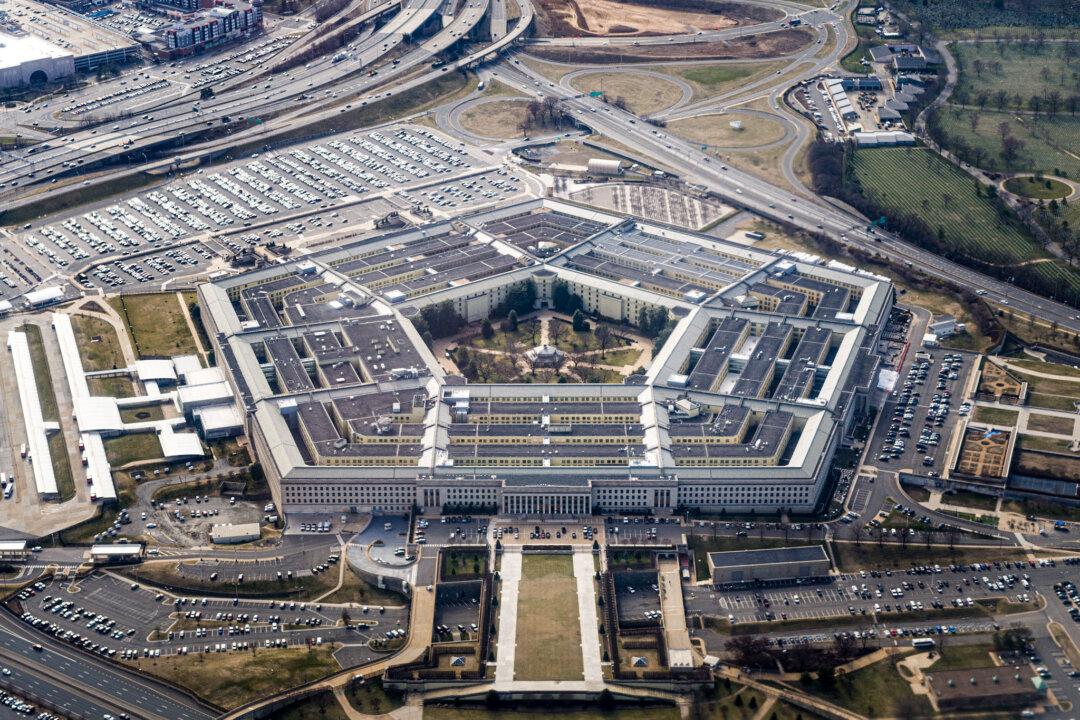The Pentagon is adopting a new strategy for countering the threat posed by drones following a series of high-profile encounters at bases throughout the world.
Secretary of Defense Lloyd Austin signed the new, classified Strategy for Countering Unmanned Systems on Dec. 2.
“In recent years, adversary unmanned systems have evolved rapidly,” Austin said in a prepared statement. “These cheap systems are increasingly changing the battlefield, threatening U.S. installations, and wounding or killing our troops.”
Austin described the strategy as “a roadmap for countering the threat of adversary unmanned systems.” As such, it aims to unify the approach the Department of Defense (DOD) takes to countering unmanned systems across all domains and regardless of the type of drone.
By producing a singular strategy for countering unmanned systems, the DOD hopes to orient itself around a common understanding and approach to the issue of drones, which have security implications for civilian and military contexts alike.
The use of commercial drones as a tool for espionage and harassment has become a major issue in recent years, with unidentified drones approaching naval vessels and military bases throughout the world.
Concerning more overt military competition, other major powers worldwide are also investing huge sums in large, state-of-the-art drone systems.
Although Beijing has officially described the Zhu Hai Yun as a maritime research tool, a South China Morning Post report stated that the vessel was equipped with military capabilities that can “intercept, besiege, and expel invasive targets.”
According to a DOD fact sheet released this week, the new drone strategy builds on Replicator and some other major DOD initiatives.
In all, the new strategy aims to enable the military to “detect, track, and characterize” drone threats in real time and incorporate unmanned systems as a key component in the DOD’s thinking about warfare more broadly, according to the fact sheet.
“We’re at a pivotal moment in history from a military standpoint,“ Milley said at the time. ”We’re at what amounts to a fundamental change in the very character of war.
“That’s coming. Those changes, that technology ... we are looking at inside of 10 years.”







